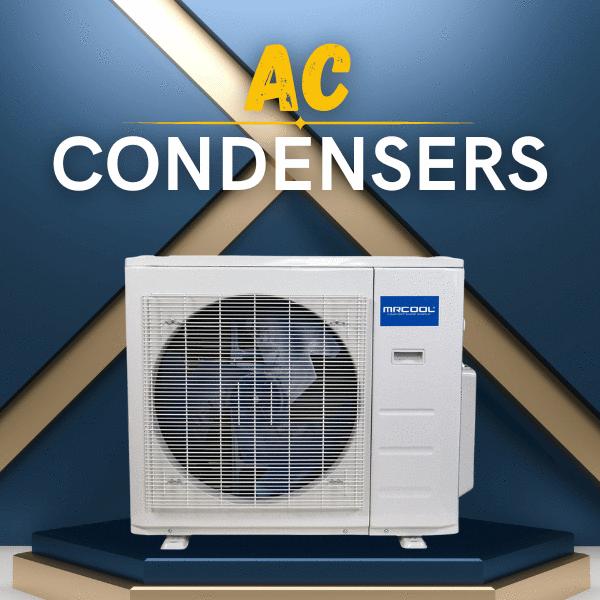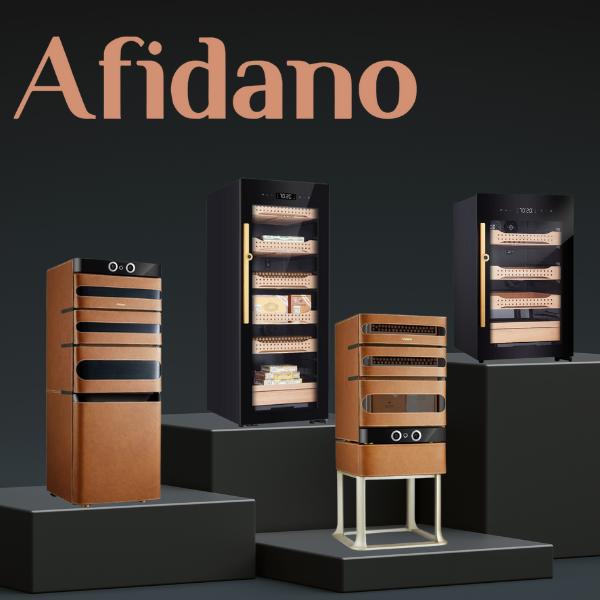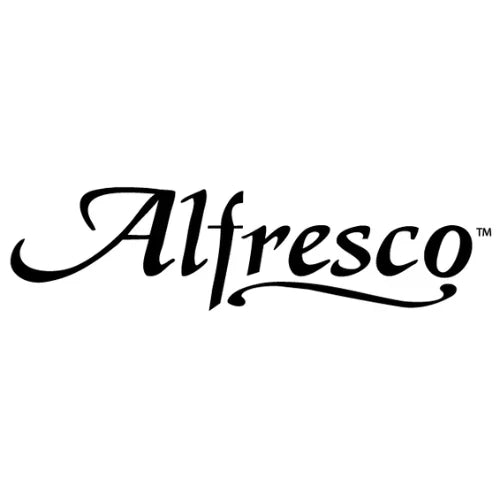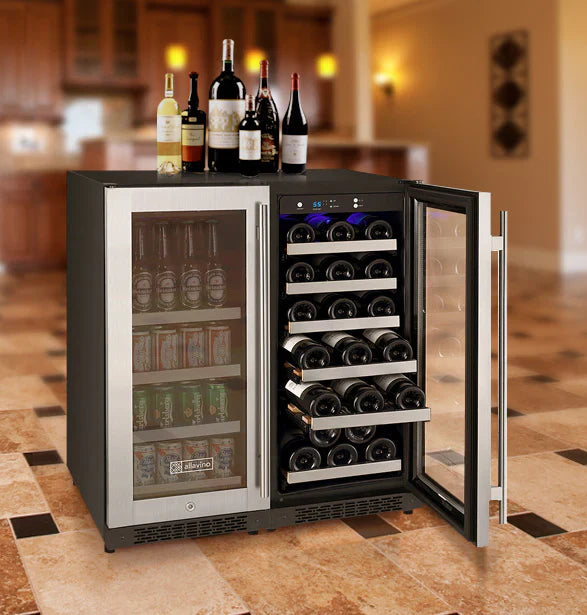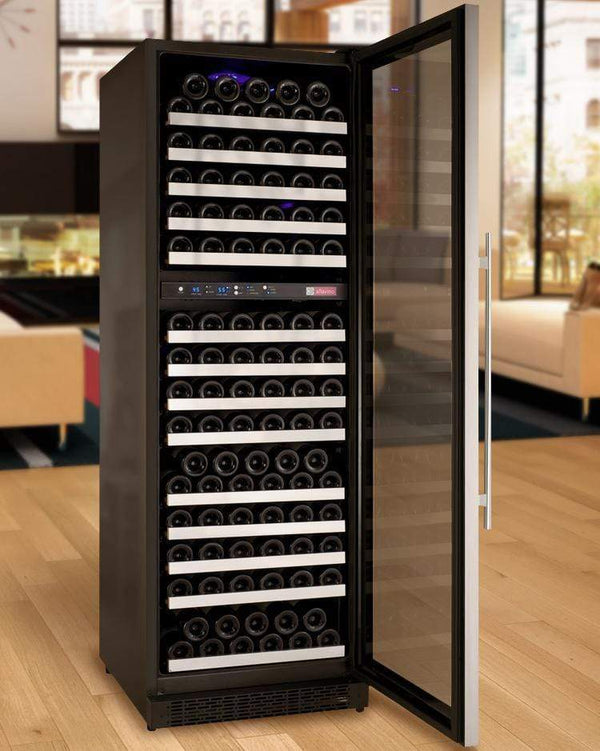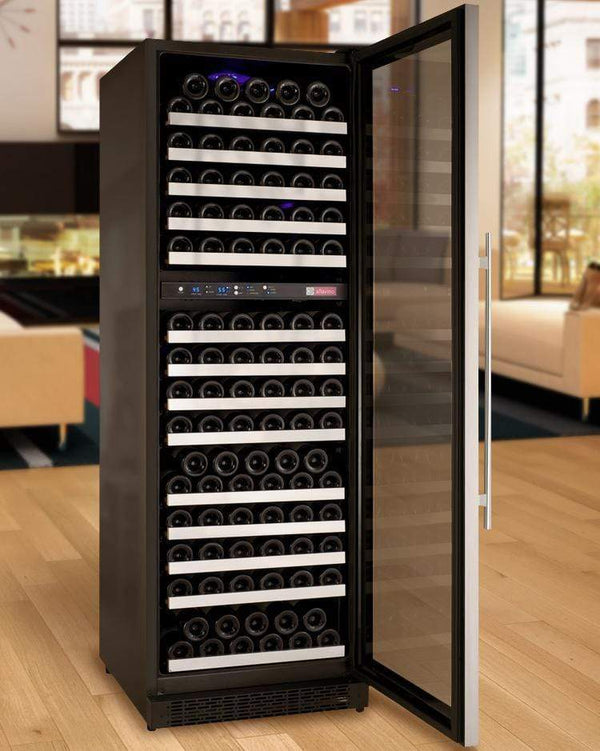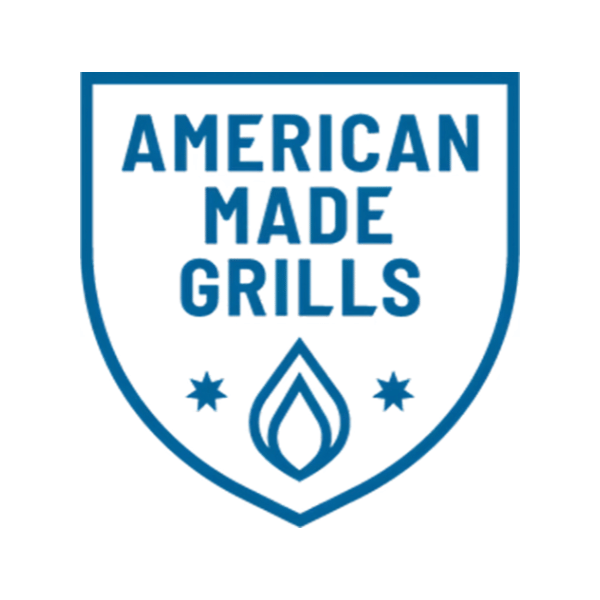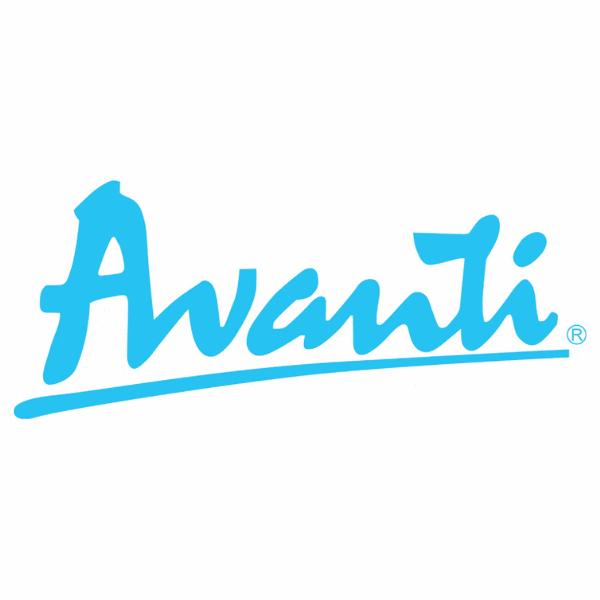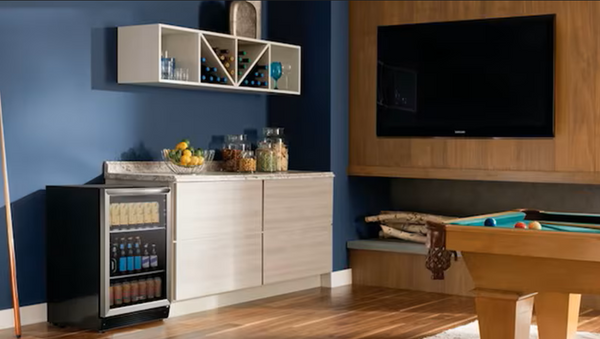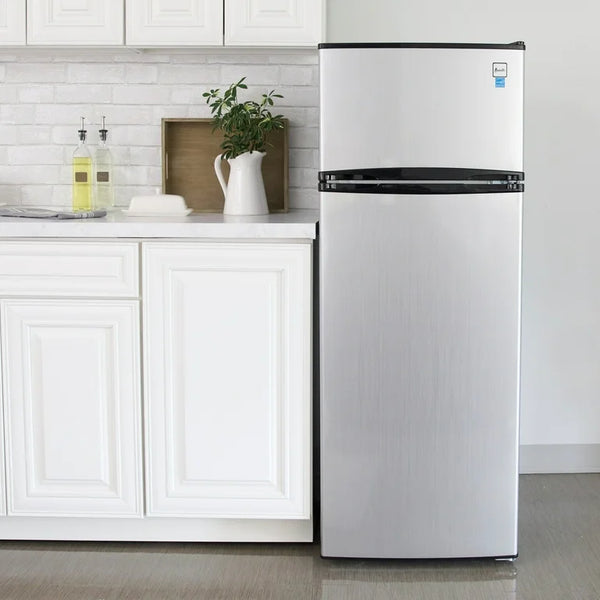What is the Best Champagne Fridge Temperature to Serve Champagne?
What is the Optimal Champagne Fridge Temperature to Serve Champagne?
By Jim Hopper, Wine Cooling Expert
Champagne is a luxurious beverage known for its elegance, effervescence, and complexity. To truly appreciate its unique character, both storage and serving temperatures must be carefully managed. Unlike red wines, champagne is highly sensitive to temperature, light, and humidity, making proper handling essential for preserving flavor and aroma.
For a complete overview of wine cooling and serving best practices, check out our Wine Cooling and Serving Guide.
Understanding Champagne and Storage
Champagne requires special storage to maintain its quality. The ideal storage temperature is between 40°F and 45°F (5°C to 8°C), which is slightly cooler than for most white wines. This temperature range slows down the aging process and preserves the wine’s freshness and bubbles. For best results, store champagne in a dark location away from direct sunlight, strong odors, and temperature fluctuations. Exposure to light can degrade both flavor and color, while strong odors may seep in and alter the taste.
Humidity also plays a role: moderate humidity helps keep corks from drying out, which maintains the champagne’s seal and prevents oxidation. Whether you store bottles upright or horizontally, consistency is key.
For optimal results, use a wine cooler or a climate-controlled storage unit to maintain both temperature and humidity. If a wine fridge isn’t available, a dark cupboard or cellar can suffice for short-term storage.
Temperature has a direct effect on champagne’s delicate balance of flavors and aromas. When stored or served too cold, the wine’s aromatic compounds are suppressed, resulting in a muted bouquet and less expressive palate. Conversely, if champagne becomes too warm, its bubbles dissipate quickly, and the alcohol and sweetness can overpower the subtle notes. This delicate interplay means that even small deviations in temperature can noticeably alter the sensory experience—dulling complexity, flattening acidity, or diminishing the signature effervescence that defines high-quality champagne.
Prolonged storage at temperatures above the recommended range can accelerate oxidation and lead to premature aging, causing champagne to lose its freshness, vibrancy, and bubbles. Over time, this may result in off-flavors, a duller color, and a lackluster mouthfeel. Maintaining stable, cool conditions is essential to protecting the wine’s integrity for as long as possible.
Best Temperature for Serving Champagne
Serving champagne at the correct temperature is crucial to unlocking its full potential. Too cold, and the bubbles are muted, aromas suppressed, and flavors dulled. Too warm, and the wine can become overly foamy, with alcohol and sweetness dominating the palate. The right temperature ensures a lively effervescence and a harmonious bouquet.
Want to learn more about ideal serving temperatures for other types of wine? Explore our guide on what is the correct temperature when serving wine for detailed tips covering reds, whites, and sparkling varieties.
Ideal Serving Temperatures by Champagne Type
Different champagnes shine at slightly different temperatures. Here’s a quick guide:
-
Non-Vintage Champagne (Brut, Demi-Sec, Sec):
46.4°F – 50°F (8°C – 10°C)
This range enhances freshness, vibrancy, and balanced aromas. -
Vintage & Special Cuvée:
50°F – 53.6°F (10°C – 12°C)
Slightly warmer temperatures allow complex, mature flavors and aromas to express themselves fully. -
Rosé Champagne:
46°F – 50°F (8°C – 10°C)
Fruity and floral notes emerge best at this range. -
Extra-Brut & Dry Champagne:
42°F – 46°F (6°C – 8°C)
The driest styles benefit from a cooler pour, highlighting their crispness. -
Sweeter Styles (Doux, Demi-Sec):
46°F – 50°F (8°C – 10°C)
Serving slightly chilled balances sweetness and acidity.
Tip: Wines of lower grade or less complexity can be served at the cooler end of these ranges, while premium and aged champagnes reveal their depth at the warmer end.
Proper temperature also preserves champagne’s visual appeal and mouthfeel. When chilled correctly, champagne pours with a lively stream of fine bubbles and retains its clarity and brilliance in the glass. If served too warm, bubbles dissipate rapidly, and the wine may appear flat or cloudy, diminishing both the look and the tactile sensation on the palate.
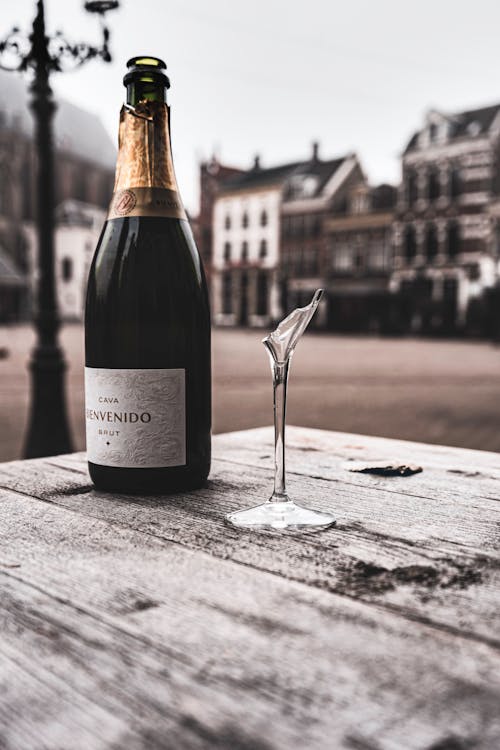
How to Chill Champagne for Serving
Proper chilling is essential. Here are the most effective methods:
-
Refrigerator:
Place the bottle on its side in the fridge for about 4 hours (non-vintage) or 3 hours (vintage). This gradual cooling preserves aromas and bubbles. -
Ice Bucket:
Fill a bucket halfway with ice and water. Submerge the bottle for 15–20 minutes. The mix of ice and water chills champagne quickly and evenly. -
Freezer (for emergencies):
Chill for 10–15 minutes, but avoid leaving it longer to prevent freezing or loss of effervescence.
Never add ice directly to the champagne glass—this dilutes the wine and mutes its flavors.
Serving Champagne: Maximizing the Experience
When ready to serve, pour champagne into a flute or tulip-shaped glass to concentrate aromas and showcase the bubbles. Open the bottle gently to avoid a sudden loss of carbon dioxide, which can diminish both flavor and fizz.
Note: Champagne warms quickly in the glass—by as much as 2°C–3°C (3.5°F–5.5°F)—especially if guests hold the bowl of the glass. Consider serving at the lower end of the recommended temperature to compensate.
For a fun tasting experience, try sampling champagne as it gradually warms in the glass. You’ll notice how its aromas and flavors evolve, revealing new layers with every sip.
How to Maintain the Optimal Temperature After Pouring
Once champagne is poured, it naturally begins to warm, often rising several degrees within minutes—especially if the room is warm or if the glass is held by the bowl. This can subtly alter the wine’s aroma, flavor, and effervescence. To keep your champagne at its best throughout the experience, consider these practical tips:
- Use Chilled Glassware: Pre-chill your glasses in the refrigerator for 10–15 minutes before serving. This helps slow the warming process and keeps the champagne cooler for longer.
- Hold Glasses by the Stem: Encourage guests to hold their glasses by the stem rather than the bowl. This minimizes heat transfer from hands and maintains the wine’s temperature.
- Pour Smaller Servings: Pouring smaller amounts more frequently ensures each glass is enjoyed at the ideal temperature, rather than allowing champagne to sit and warm up.
- Keep the Bottle Chilled: Return the bottle to an ice bucket or wine cooler between pours. Insulated bottle jackets or eco-friendly “second skin” cases can also help preserve the temperature tableside.
- Monitor Room Temperature: If serving in a warm environment, aim for the lower end of the recommended serving temperature range to compensate for faster warming.
By following these steps, you can extend the enjoyment of your champagne’s bright bubbles and fresh aromas from the first pour to the last sip.
Quick Tips for Keeping Champagne Cool After Serving
Tip Benefit Chill glasses beforehand Slows warming in the glass Hold by the stem Reduces heat transfer Pour small amounts Keeps each glass at optimal temperature Use bottle jackets/ice Maintains bottle temperature between pours
Storing Champagne: Protecting Quality
To preserve champagne’s delicate character:
- Store in a cool, dark place away from sunlight and vibrations.
- Avoid strong odors and ensure moderate humidity.
- Use a wine fridge or cellar for consistent conditions.
- Avoid prolonged storage in a standard refrigerator, as dry air and fluctuating temperatures can harm corks and spoil the wine.
Just as important as the absolute temperature is keeping it consistent. Fluctuations—even brief ones—can stress the wine, disturbing its structure and accelerating spoilage. For this reason, avoid storing champagne in places subject to frequent temperature changes, such as near kitchen appliances or in areas exposed to sunlight. Consistency ensures the wine develops gracefully and retains its intended character.
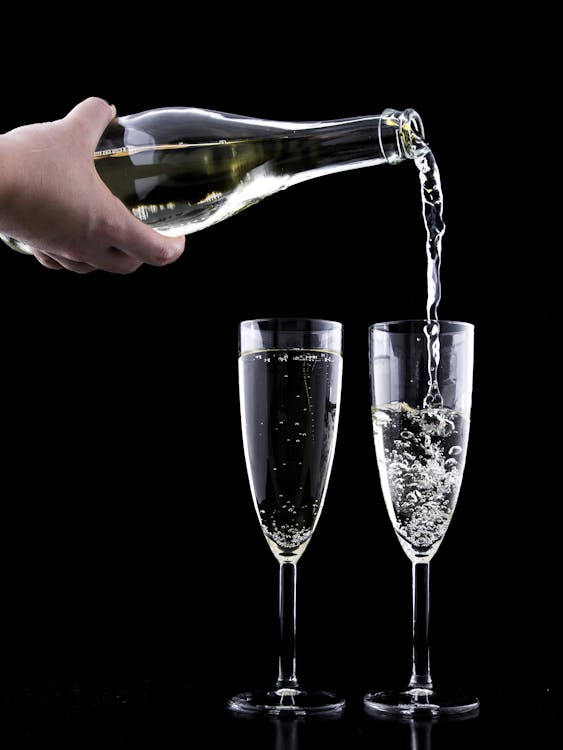
Wine Coolers and Accessories
Investing in a wine cooler or wine cellar cooling unit is an excellent way to maintain ideal storage and serving temperatures. Modern wine coolers offer precise temperature control, humidity regulation, and UV-resistant glass doors for protection.
If you’re new to wine storage, check out our best wine cellar cooling unit for beginners to find the perfect solution for your collection.
Whether you prefer single-zone, dual-zone, or multi-zone models, there’s a solution for every collection and space. Explore top brands like Allavino, Smith & Hanks, and Sunpentown.
Considering a built-in option? Our review of the best 6 through-the-wall wine cellar cooling units highlights top choices for home cellars.
Specialized accessories—such as bottle jackets, insulated carriers, or eco-friendly “second skin” cases—can also help maintain the perfect temperature during serving or transport.
Ultimately, the right temperature transforms champagne from a simple sparkling wine into a memorable experience. When served and stored with care, champagne is softer on the palate, more aromatic, and simply more enjoyable to drink—each glass capturing the full artistry of its creation.
Shopping for a wine lover? Discover our recommendations for the best wine cooling systems gifts that combine style and function.
Other Tips for Enjoying Champagne
- Store bottles horizontally or upright—consistency is more important than orientation.
- Avoid temperature shocks by chilling gradually.
- Never store champagne in the freezer for long periods—this can kill the bubbles and damage flavor.
- Serve in appropriate glassware to maximize aroma and effervescence.
- Open bottles slowly to preserve carbonation.
- Consider sustainability by choosing reusable or recyclable cooling accessories.
By following these tips and serving at the optimal temperature, you’ll fully enjoy champagne’s vibrant bubbles, complex aromas, and refined flavors—whether you’re celebrating a special occasion or simply savoring a glass at home.
Ready to take your wine experience to the next level? Explore our wine coolers and wine cellar cooling units to keep every bottle in perfect condition.
📚 Frequently Asked Questions (FAQs)
What is the best temperature for Champagne fridge?
What is the correct temperature to serve Champagne?
How long should I chill Champagne in the fridge?
At what temperature does Champagne go bad?
What is the correct temperature to store Champagne?

Designing or Upgrading a Wine Cellar?
We got you! Here at Wine Coolers Empire, we will guide you in building your dream wine cellar.

